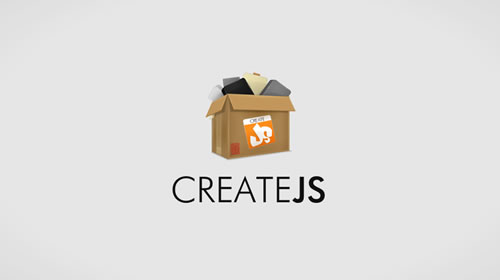With hundreds of free JS libraries out there it’s tough to know where to put your energy. Some end up discarded or forked into new projects, while others grow rapidly and achieve widespread adoption.
Most developers already know the big names like jQuery and React. But in this post I’d like to introduce popular alternative JS libraries that are less well-known but rising rapidly.
D3.JS

Big data is a growing industry and data visualization is quickly becoming just as important. There are tons of charting & mapping libraries but few stand out as much as D3.js. This JS library works with SVG and canvas elements to render graphs, charts, and dynamic visualizations on the web.
It’s completely free to use, and it’s one of the most powerful visualization tools built on JavaScript. If you’re looking for a modern way to render data in the browser I would highly recommend taking a peek at this library to see what it offers.
NODE.JS

I know many devs are sick of hearing about Node all the time. But it really is the fastest growing JS library and it offers so much more than a dev environment. With NPM you can manage local packages for all your projects right from the command line.
This makes Node a full development toolkit that works well with other tools like Gulp. Plus dozens of related open source projects have been built on Node so you can work with unit testing in Mocha.js or build a front end interface with the Sails.js framework.
If you haven’t tried Node yet then you might be surprised just how much you’re missing.
RIOT.JS

Virtual DOM rendering and custom elements litter the React library. It has quickly become the choice of all professionals who want a powerful digital interface library for front end development.
But Riot.js is putting up a solid fight offering a nice alternative to React. By using the Riot framework you still have access to a virtual DOM but it’s much easier to control with simpler syntax requirements. Unfortunately this library isn’t as big as React and it’s not powered by Facebook, so you won’t have the huge community. But it’s a healthy alternative and it’s a decent competitor in the front end space.
CREATE.JS

From web animation to digital media you can work with everything in CreateJS. This isn’t one single library, but rather a suite of libraries built for different purposes. For example Easel.js works with HTML5 canvas elements while Tweet.js helps you build custom tweening & animations for the web.
Every library in this collection serves a different purpose and offers modern features for all major browsers. But most of these libraries help with specialized features so they’re best used on specialty websites. If you’re curious, then take a look at the Create JS website to see what it offers.
KEYSTONE.JS
Earlier I mentioned Node.js and how many other libraries are built on top of it. Keystone.js is a fantastic example that goes beyond Node by offering a full-scale CMS engine.
With Keystone you can build MEAN webapps powered by Node/Express and MongoDB on the backend. Keystone.js is completely free but still very new. At the time of this writing it’s only in v0.3 so it has a long way to go for professional use.
But if you’re tickled by a pure JavaScript CMS then check it out and see what you think.
VUE.JS

Big data is a growing industry and data visualization is quickly becoming just as important. There are tons of charting & mapping libraries but few stand out as much as D3.js. This JS library works with SVG and canvas elements to render graphs, charts, and dynamic visualizations on the web.
It’s completely free to use, and it’s one of the most powerful visualization tools built on JavaScript. If you’re looking for a modern way to render data in the browser I would highly recommend taking a peek at this library to see what it offers.

